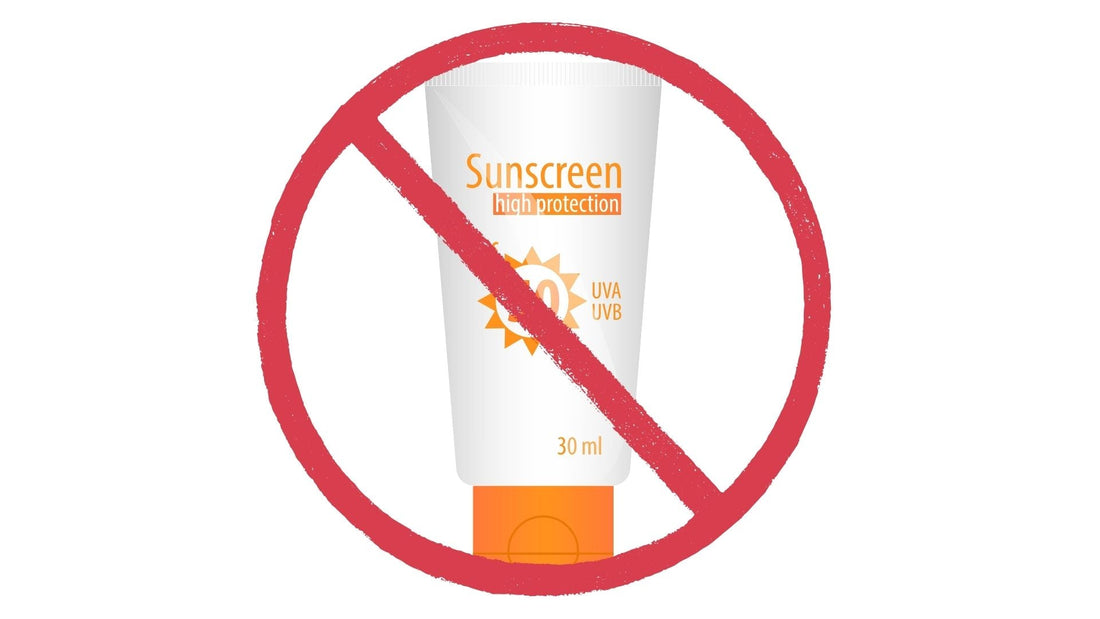
What’s in Your Sunscreen? A Closer Look at Chemical UV Filters
Share
Discover the truth about common chemicals in sunscreen like oxybenzone, avobenzone, and octinoxate. Learn how they affect your health and the environment—and why natural skincare alternatives like tallow matter.
What’s in Your Sunscreen? A Closer Look at Chemical UV Filters
We all know sunscreen is important for protecting our skin from harmful UV rays. But have you ever stopped to read the ingredient list on your sunscreen bottle? Most conventional sunscreens are packed with synthetic chemicals that may do more than just block the sun—they may also disrupt hormones, irritate skin, and damage marine life.
Let’s take a closer look at the most common chemical ingredients found in sunscreens—and why you might want to rethink what you’re putting on your skin.
1. Oxybenzone
Used in many mainstream sunscreens, oxybenzone absorbs UV radiation and converts it into heat. Sounds great—until you realize it’s a known endocrine disruptor. It can interfere with hormone levels, and has been found in urine, blood, and even breast milk. Worse yet, it’s also toxic to coral reefs, which is why it’s banned in places like Hawaii and Key West.
2. Octinoxate
Octinoxate offers UVB protection but also disrupts hormone activity. It may alter thyroid function and reproductive health in humans, and it’s another major contributor to coral bleaching, making it a double threat.
3. Avobenzone
Unlike the others, avobenzone offers broad-spectrum protection, covering UVA and UVB rays. The catch? It’s chemically unstable and breaks down in sunlight unless stabilized by other additives—some of which can irritate the skin or form harmful byproducts.
4. Homosalate
This chemical helps sunscreen ingredients penetrate the skin, which may not be a good thing when it’s accumulating in your body and interfering with estrogen, androgen, and progesterone activity. It’s also flagged for enhancing the absorption of other potentially harmful ingredients.
5. Octocrylene
Often added to improve stability, octocrylene can degrade into benzophenone, a compound linked to cancer and hormone disruption. It also bioaccumulates in marine life, adding to the list of ecological concerns.
The Safer Alternative: Mineral Sun Protection
If this list has you questioning your sunscreen, you’re not alone. A growing number of people are switching to mineral-based sunscreens using non-nano zinc oxide or titanium dioxide. These provide a physical barrier, sitting on top of the skin and reflecting UV rays—without disrupting hormones or polluting the ocean.
What About Tallow?
At The Tallow Co., we don’t add SPF to our products, and we don’t pretend that tallow replaces sunscreen. But what it does offer is natural skin resilience. Rich in vitamins A, D, E, and K, our triple-rendered tallow deeply nourishes your skin, supporting its ability to repair and defend itself.
Our ancestors used animal fats and natural oils for generations before synthetic skincare took over—without hormone-disrupting chemicals or petroleum derivatives.
Final Thoughts
Sunscreen is essential—but so is knowing what’s in it. By avoiding harsh chemical UV filters and choosing natural, nourishing alternatives, you’re protecting more than just your skin—you’re protecting your health and the environment.
Choose smart. Choose clean. Choose ingredients your body understands.
